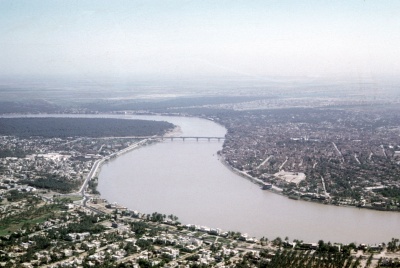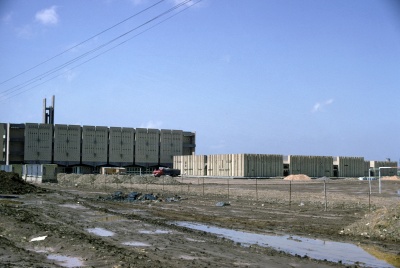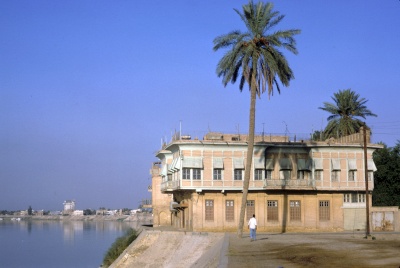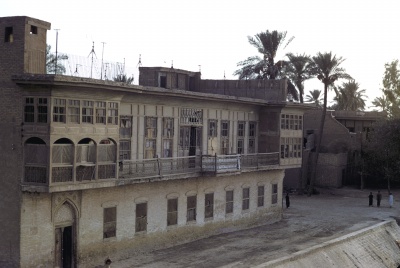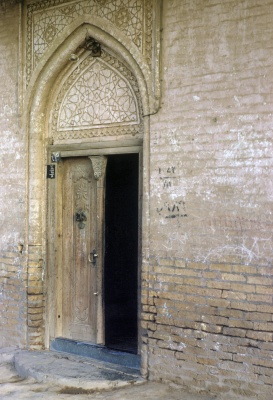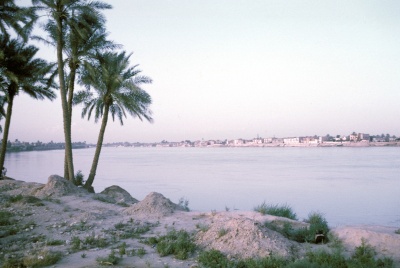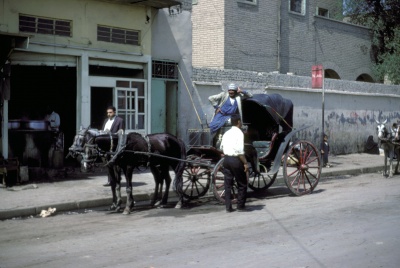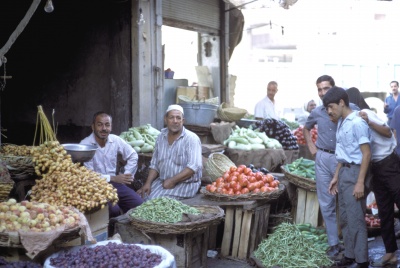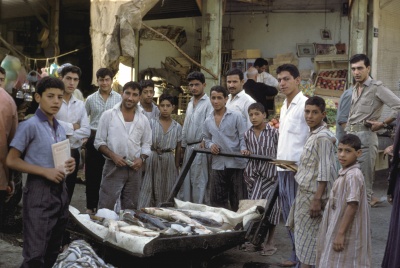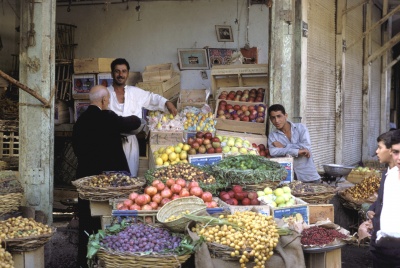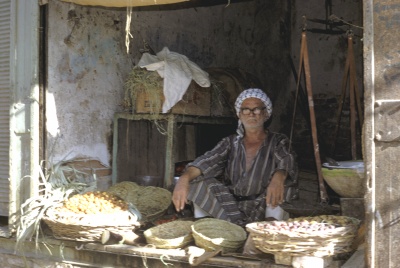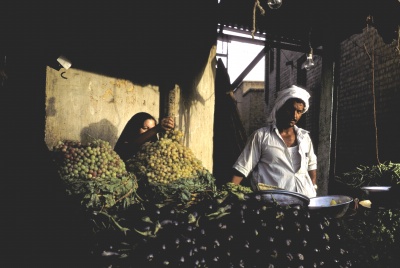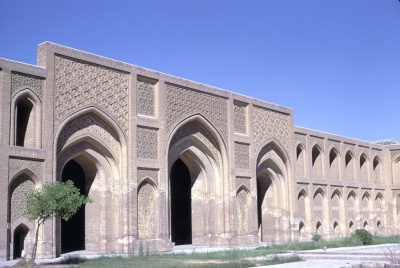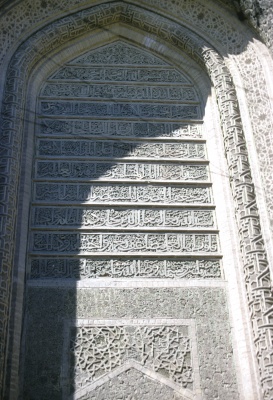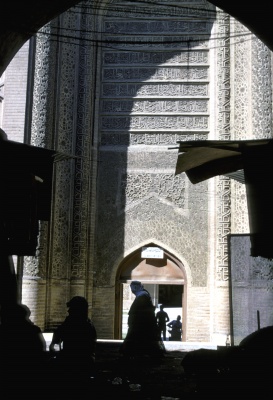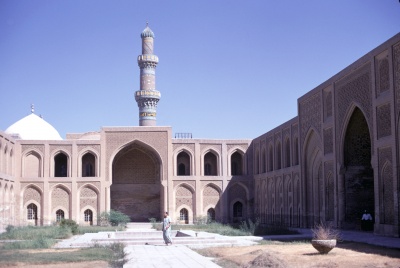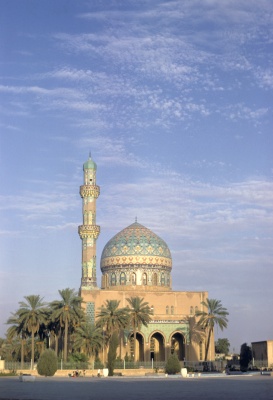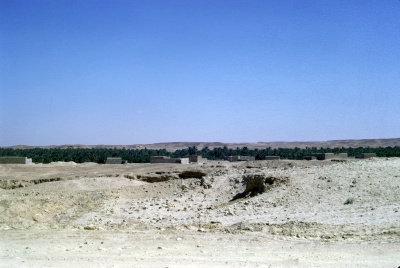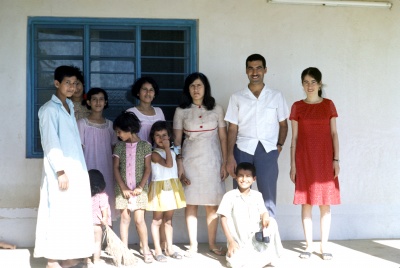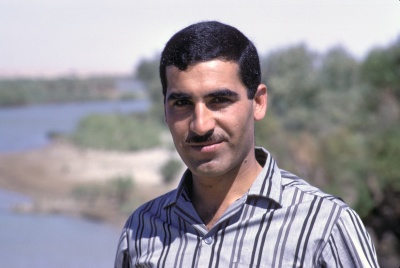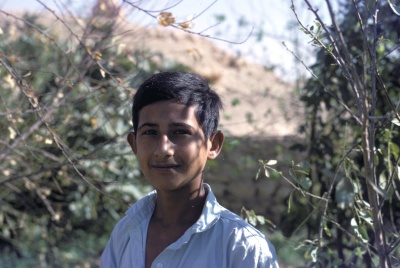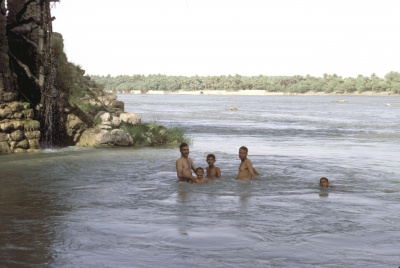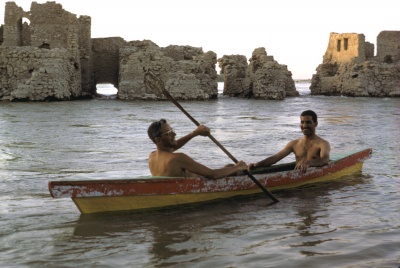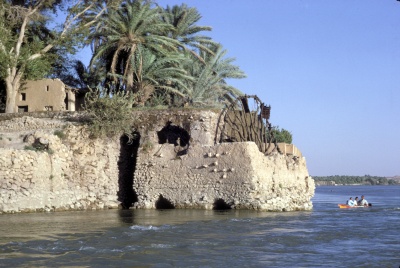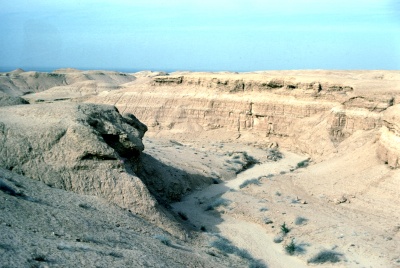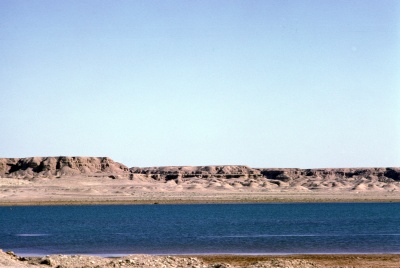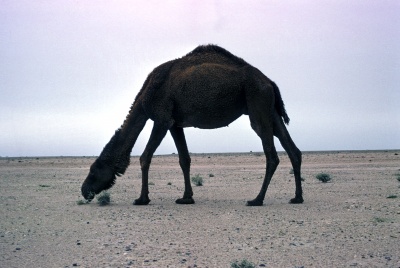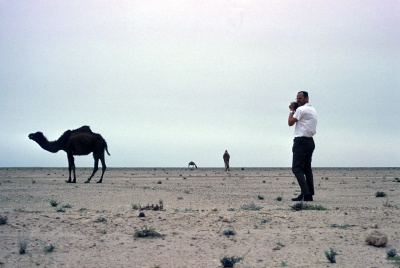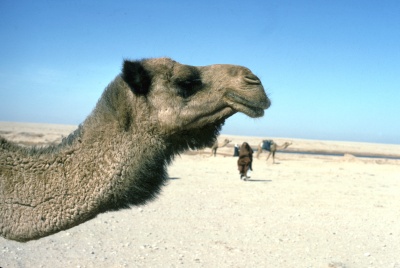3.2.1 Baghdad
Baghdad, the capital of Iraq was established by the Abbasid caliph El Mansur in August 762 AD, on the West bank of the river Tigris. Baghdad became one of the main centers of learning during the Abbasid period from 750-1258. The most famous period was under caliph Harun Al Rashid 786-809, during whose reign the story of Thousand and One Nights was written and the concept of the “Arabian Nights“ was established. Baghdad was destroyed in 1258 by the Mongols under Hulagu, a grandson of Genghis Khan and again in 1401 by Timurlane, another Mongol king. Baghdad was in 1506 conquered by the Persians and in 1534 by the Ottomans who occupied Baghdad and the three Mesopotamian provinces: Mosul, Baghdad and Basra till 1917. In 1917 during the 1st world war the British conquered the 3 Ottoman provinces in Mesopotamia and created Iraq. The British made Iraq a kingdom and gave it independence in 1934.
In the 1960s Baghdad was still the capital of Iraq, with some 3 million inhabitants and the centre of power, learning, trade and industry.
In the 1960s remains of the 300 year Turkish occupation was still very visible. The old quarters of Baghdad consisted of Turkish style houses. The souks and other traditional markets in Baghad were very colorful and remained in the Turkish style.
Only a few pre Turkish area buildings remained, under which the Mustansariyah College, established in 1232 by caliph Mustansir and the Marjan mosque established in 1356 AD. From the Turkish period is the 19th century Haiderkhana mosque. The Mother of the Drums mosque was built during the 1960s.
I lived in Baghdad from 1966-1969 during which period I hired a “mustamel” which is a small apartment/pavilion, on the grounds of a larger villa. My mustamel was located in the Mansur area of Baghdad, near Mansur club.
3.2.2 Haditha
In July 1967 and again in July 1968 I visited Haditha, the home town of Mawfak, my friend, colleague cum counterpart. Haditha is located along the Euphrates River some 250 km North West of Baghdad. Haditha is a traditional river town of the Sunna Arabs. In the 1930s with the opening of the famous Kirkuk oilfield, a pump station was established in Haditha in the centre of the oil pipe line from Kirkuk to the ports of Sidon in Lebanon and Haifa in Israel.
The first 100 km of the road to Haditha one follows the main road to Damascus, Syria, but in Hit one turns right and follows the sand track along the river Euphrates for a distance of some 150 km.
Along the road one passed Hit, 100 km n- west from Baghdad. Hit has been famous since over 5 000 years for its bitumen sources. This Hit bitumen or asphalt has a particular mixture of hydrocarbon, which makes it very suitable as a water proofing material. Since at least 5000 year bitumen from Hit was used to make boots, drains and houses water proof. The photos show one of the Hit bitumen sources.
Traditional Hidatsa is located in a narrow strip of land along the river Euphrates, which strip is only a at most a few hundred meters wide and is only 6-10 meters above the level of the Euphrates. This area is traditionally irrigated by age old “Persian waterwheels “see photos. This lower laying strip of land is occupied by irrigated gardens with an intensive cultivation of three vegetation levels. On the lowest level vegetables and fruits are grown: cucumber, tomato, water melon, egg plant and other vegetables and bersim, a leguminous fodder crop. The second vegetation level consists of fruit trees such as oranges, plumbs, almonds, peaches, grapes and pome granate. The third or highest vegetation level consists of date and eucalyptus trees.
The photos show Mawfak’s family and their house, including the open air bedroom on the terrace. Also pictures are shown of swimming and canoeing in the river Euphrates near the old water wheels.
3.2.3 Desert landscapes central Iraq
Apart from the mountain area in North East Iraq and the marshes in the South of the country most of the land of Iraq is desert, due to a lack of water. Rainfall is only around 100mm per year and falls mainly during the short winter period in January en February.
The Iraqi soil however is fertile and when water is available can produce good crops.
This section of my introduction however shows different desert landscapes, with some very dramatic rock forms these forms were mainly formed by wind erosion over thousands of years. Sand storms occur frequently during the spring period from March to May. Suddenly the sky becomes grey and a strong wind starts to blow. After a few moments visibility is reduced to zero and a dust laden wind is blowing, which hurts the eyes and skin. Sand penetrates everywhere. When driving one should stop ones car immediately. When in the desert one can lose ones way and when in town one can easily hit another car or object. Sand storms usually do not last more then an hour.

